School Year of Core Vocabulary Words – Older Student Lessons: AAC Resources for December
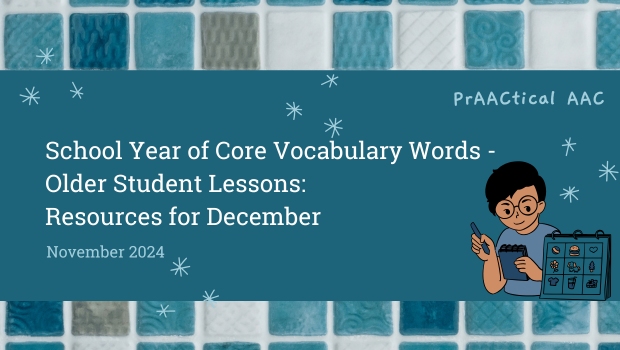
Before we turn our attention to the Thanksgiving holiday, let’s take a look at the wonderful resources that guest authors Michaela Sullivan and Lindsay Dougherty put together for the December core words. This dynamic team continues to share some terrific ideas for your older students who are building their skills with core vocabulary. Their slide decks have a wonderful selection of activities that teachers and therapists can use to highlight December’s target core vocabulary words. In the post below, they also share helpful information on customizing and personalizing the student’s AAC device.
::::::::::::::::::::::::::::::::::::::::::::::::::::::::::::::::::::::::::::::::::::::::::::::::::::::::::::::::::::::::::::::::::::::::::::::::::::::::::::::::::::::::::::::::::::::::::::::::
SCHOOL YEAR OF CORE – Older Student Lessons
Access & Copy below:
INTRODUCTION- December, 2024
We hope the School Year of Core (SYOC-OSL) resource has supported you and your students in learning and using core vocabulary through thematic activities, icebreakers, and daily life.
This colorful, joyful, and magical time of year provides opportunities for learning core vocabulary across meaningful, fun holidays and unforgettable themes. In December, we will be learning about and celebrating many holidays including Kwaanza, Hanukkah, and Christmas.
We will also be diving into themes including celebrations around the world which include Kwanzaa, Chanukah/Hanukkah, and Christmas, as well as transportation, (as we need to get to where we are celebrating). We will even provide slides to host a ‘white elephant/Yankee swap gift exchange, complete with rules and virtual gifts. Enjoy and please feel free to ‘swap out’ the gifts for others that may be more enticing.
We hope you find our resources engaging, fun, and easy to access across various contexts (at home, school, adult day programs), or wherever you have a moment to have fun engaging your AAC Learner in theme-based activities.
If you haven’t already, we invite you to review our materials to find activities that are engaging for your students and AAC learners. Please find the links to our slide decks at the top of this post. Make a copy of the slide deck and modify/adapt the lessons to meet your needs.
Although these resources were created for AAC users, they can be utilized effectively with a variety of learners. Explore our collection with your older students/individuals, making sure to keep fun and the joy of learning at the forefront!
We would love your honest feedback! Let us know what has been helpful. This is our last and final posting for the School Year of Core Older Student Lessons. If you have adapted the SYOC-OSLs to meet your unique needs, please share your ideas with us!
Email us at schoolyearofcore@gmail.com
To further enrich your experience, download the corresponding Symbol Charts containing December Level 1 and Level 2 words. They can be used as hands-on low-tech visuals, to keep your lessons on track. Also, please download the accountability/data sheets to document progress.
We have provided over 200 slides for December. Our motto is, “Take what you want and leave the rest.” Choose lessons and activities to meet your needs, and save the rest for the next school year.
All Slide Decks contain:
- Icebreaker Activities, (e.g. Jokes, Would You Rather, National Days)
- Monthly Language Resources Include:
- “Tell us a Story” slides: to support students and help co-construct narratives about past experiences using meaningful photos given WH question scaffolds.
- “Get Off the Computer” suggestions for Shared Reading and Share a Word to Describe your Day: We added a few slides with Shared Reading suggestions and a topic/interest inventory where students/adults can share the topics they are most interested in.
- Self-Care: We will review different topics through the lens of self-care.
- Student Reflection Time: students can use a visual rating scale to share whether or not they enjoyed an activity.
- Symbol charts: include icons from a wide array of communication systems.
- Feelings Check-In: Including sentence frames and visuals
- Weekend reflection: Including visual icons and options.
- Music Choices: Listen to music corresponding to themes and core words
- Media: animated shorts and short, educational video clips
- Predictable chart writing
- Reading
- The Strategy of the Month is: Ensuring the AAC System is available at all times (possible).
We hope you enjoy the School Year of Core-Older Student Lessons for December.
This is our final posting for the SYOC-Older Student Lessons. We consider it an honor that you have considered using our resources to support your students. We hope the SYOC-OSLs convey the joy of learning. Thank you!
THE WORDS
Weeks 1-2:
- Level 1 Words: it, am, and, good, bad, love, give, take
- Level 2 Words: her, him, choose, shop, leave, drive, wrap, fly
Weeks 3-4:
- Level 1 Words: watch, excited, open, close, the, please, thank you
- Level 2 Words: ask, believe, wish, fold, carry, bring, decorate, buy
Level 1 Words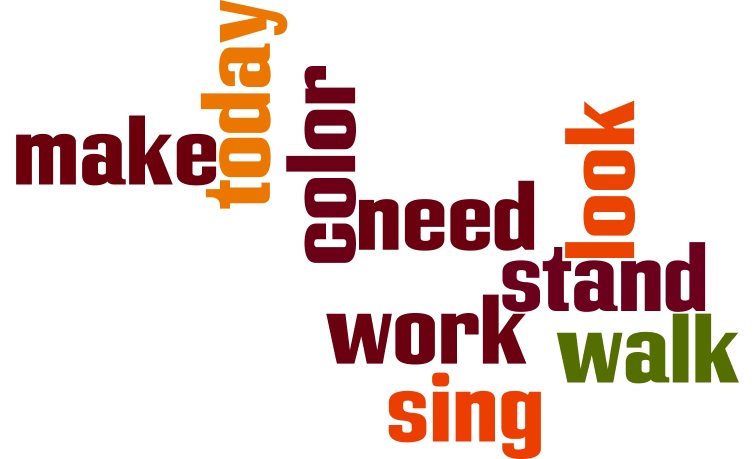
Level 2 Words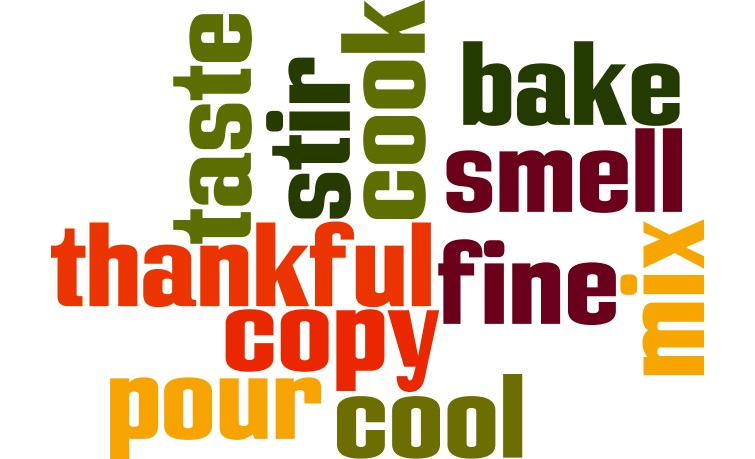
THE SYMBOLS
You can download grids with the symbols for this month’s words from the lists below. These handy visual tools can help us remember what words to focus on and be useful in our intervention and instruction.
Level 1 Words
- Level 1 Words
- Avaz
- CoughDrop
- LAMP Words for Life
- Wordpower 60 Basic
- Unity 45 Sequenced
- Unity 60 Sequenced
- Unity 84 Sequenced
- Blank Grid (add your own symbols)
Level 2 Words
- Avaz
- CoughDrop
- LAMP Words for Life
- Wordpower 60 Basic
- Unity 45 Sequenced
- Unity 60 Sequenced
- Unity 84 Sequenced
- Blank Grid (add your own symbols)
AAC STRATEGY OF THE MONTH: PERSONALIZING AND CUSTOMIZING AN INDIVIDUAL’S AAC SYSTEM
In addition to individuals with complex communication needs having access to a robust vocabulary on their AAC system to potentially say almost anything they want, when they want it, and how they want it, individualizing this robust system is paramount. Devices need to be individualized given the unique needs of the student in the areas of manner of access; appearance (which includes symbol types and size, field size, color coding, and considerations for high contrast if individuals have visual impairments); selection of a voice that represents the individual’s personality and finally; individualizing the vocabulary so that persons can express biographical, personal information and make key requests and express phrases that are representative of who they are. This process is ongoing as people’s needs, interests and information changes over time.
Resources
- The importance of customization http://www.discoveraac.org/practicing-aac/customizing-how-tos/ from Discover AAC website courtesy of By Ajit Narayanan
- Courtesy of PrAACtical AAC: Video of the Week: Personalizing Core Vocabulary Systems https://praacticalaac.org/tag/individualize/ (handouts are available here)
- Courtesy of PrAACtical AAC by Kelly Key and Deidre Dobbels (AAC in the Cloud 2019) Direct Link to Video – https://www.youtube.com/watch?v=PtPIjFiSK8c
- Personalizing your AAC system and vocabulary by AssistiveWare https://www.assistiveware.com/learn-aac/personalize-vocabulary-and-system
- Video https://www.youtube.com/watch?v=mDPkK5w4M_8 Courtesy of Vicki Clarke & AAC Chicks at DTA Schools
DATA COLLECTION & ACCOUNTABILITY FORMS
Taking data to measure performance and keeping track of our own modeling behavior are two things we can do to strengthen our AAC teaching. Here are some forms that you can use to support those efforts.
This posting is dedicated to all the amazing Educators, SLPs, parents, therapists, and friends who are making a difference every day!
About the School Year of Core-Older Student Lessons Series Authors
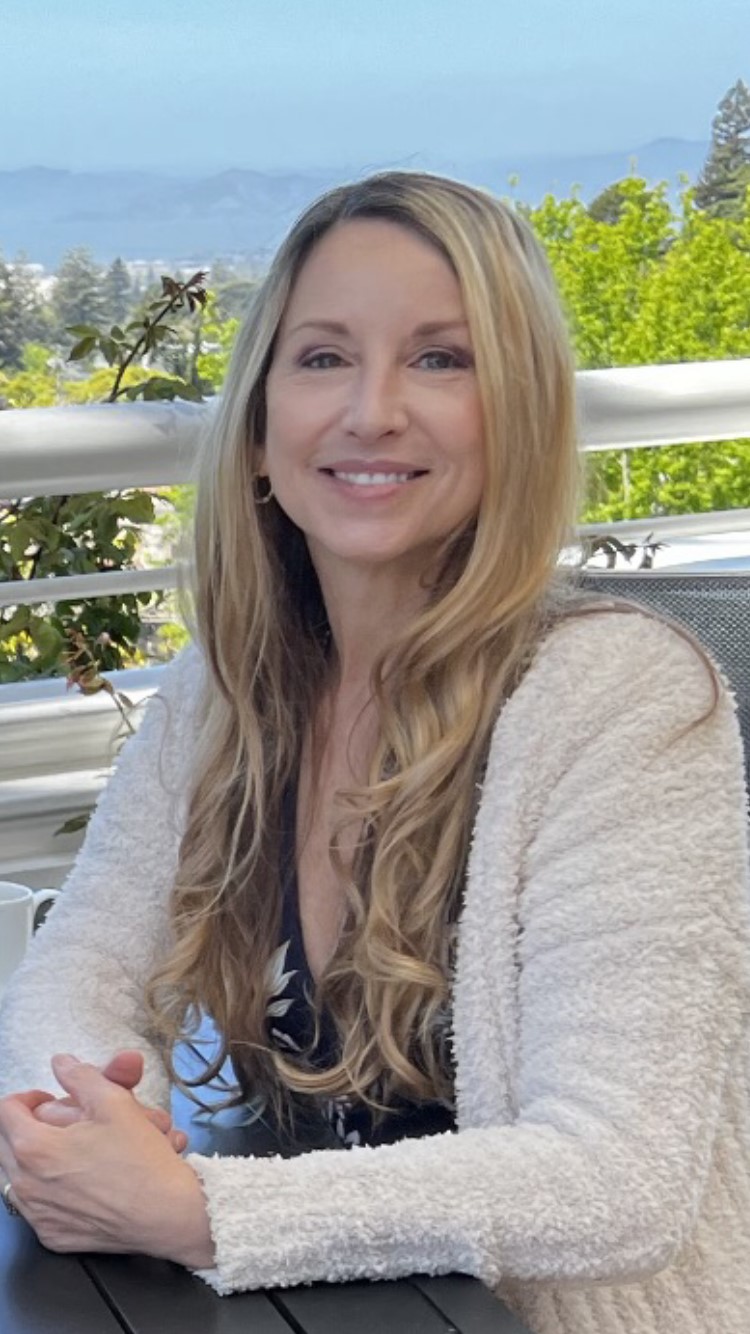
Michaela Sullivan is an SLP who specializes in the fields of AAC and AT. She currently works within the San Francisco Unified School District on the AAC Support Team where she works in a transition program and on special projects. Ms. Sullivan also has a private practice, Hands-On AAC. She has presented in the field of Speech-Language Pathology and AAC at state and national conventions. She was one of the creators of the Original School Year of Core first released in 2020 on the websites: PrAACtical AAC and AAC Language Lab. Ms. Sullivan works closely with San Francisco State with Project AAC for ALL, SYOC Bilingue and the TRAAC Project. Ms. Sullivan serves as a Board member, Treasurer and Volunteer for the Nika Project, providing services, supports, resources, training, and repurposed equipment to help meet the needs of individuals who use AAC systems both locally and internationally.
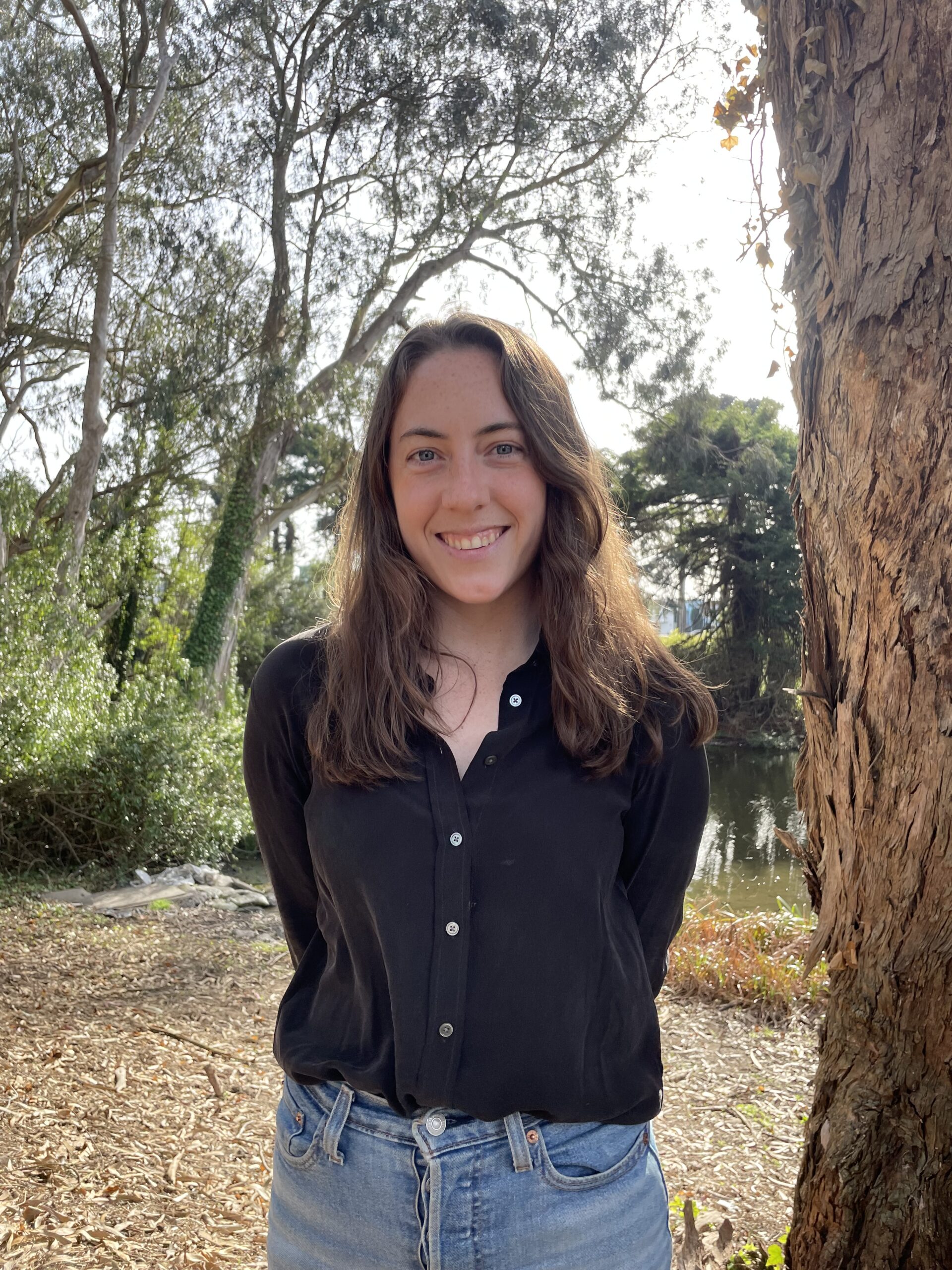 Lindsay Dougherty is a Speech & Language Pathologist, with specializations in Autism and AAC. She currently works for the San Francisco Unified School District, providing direct services to students with complex communication needs and supporting her fellow SLPs on the AAC Support Team. Lindsay works on a team of professionals, implementing a Language Systems First curriculum for Pre-K and Kindergarten classrooms across the school district. The team provides a universal language system, staff and parent training and AAC support to teachers and SLPs. She is also the faculty advisor of her middle school’s Best Buddies Club, where she supports students with disabilities in building meaningful friendships with peers.
Lindsay Dougherty is a Speech & Language Pathologist, with specializations in Autism and AAC. She currently works for the San Francisco Unified School District, providing direct services to students with complex communication needs and supporting her fellow SLPs on the AAC Support Team. Lindsay works on a team of professionals, implementing a Language Systems First curriculum for Pre-K and Kindergarten classrooms across the school district. The team provides a universal language system, staff and parent training and AAC support to teachers and SLPs. She is also the faculty advisor of her middle school’s Best Buddies Club, where she supports students with disabilities in building meaningful friendships with peers.
Our Featured Core Contributors for the Month of December include: Jadine Veluya, Christelle Marcelo and Joseph Cachapero
Filed under: Featured Posts
This post was written by Carole Zangari
